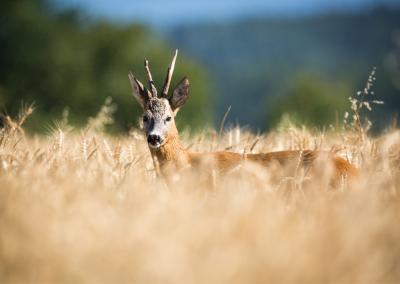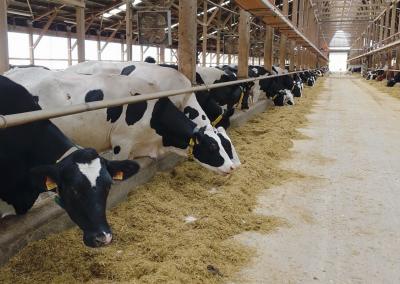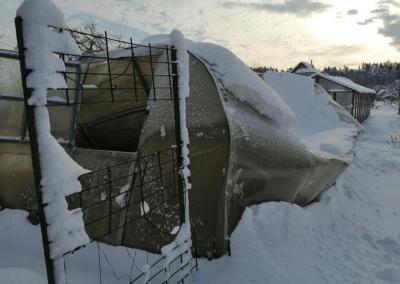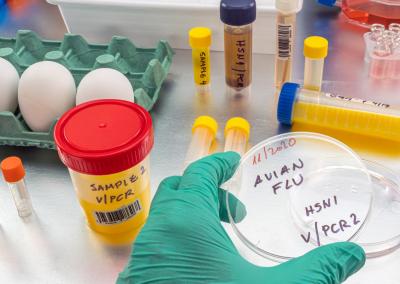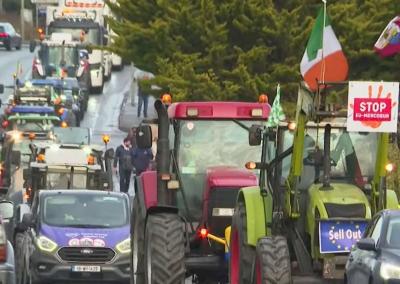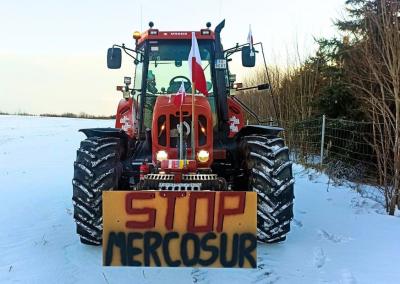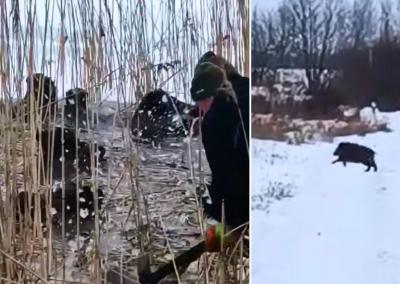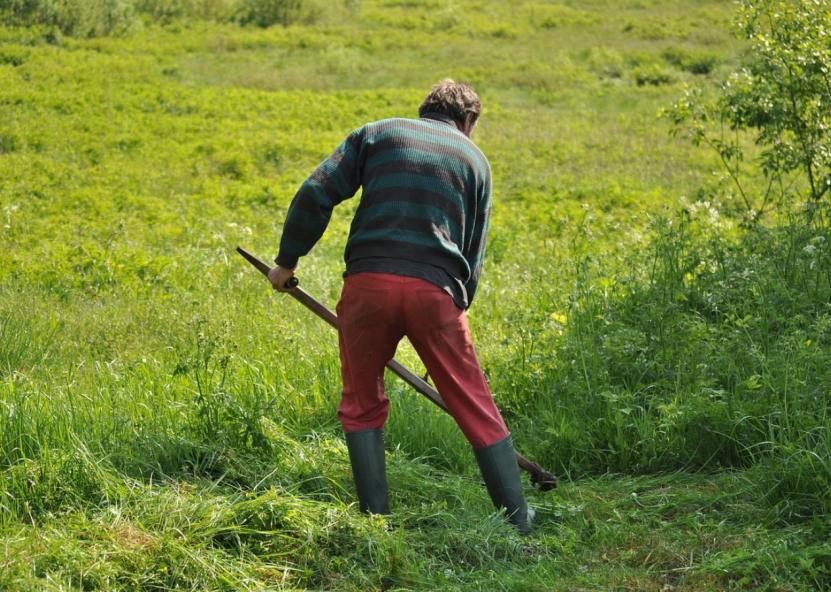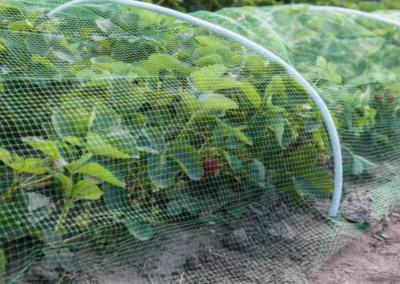Can freshly cut grass be used for mulch?
In fact, it is not recommended to use freshly mown wet grass for a mulch. It is better to dry this organic mulching material. It can be mixed lightly with wood chips. And when the mixture is dry, it should be properly conditioned by removing weeds, moistening and fertilising the soil before it is applied as mulch.
A layer of wet grass clippings, when compacted and compacted, reduces oxygen and moisture in the soil. The lack of oxygen can lead to anaerobic decomposition of the grass clippings and an unpleasant odour in the lawn, bed and inspectorate. In addition, mulch from freshly cut grass can cause rotting of the plant's root system.
Layers of freshly cut, undried grass become compacted and tangled, and quickly overheat and blow over. This necessitates 3-4 new layers during the warm season, and then the need to remove and replace them in spring.
The layer of mulch from the grass cuttings must not be thinner than 3 cm or it will be of no use. In greenhouses and inspectorates, a large amount of grass is not recommended due to the frequent occurrence of spider mites. In this case, drier straw or hay, which completely covers the beds in closed ground, is ideal.
If you still have to use fresh wet grass as a mulch, apply only a 6 mm layer. This will allow the grass to start decomposing before the unpleasant rotting smell starts. Thicker layers tend to stay very wet for longer and can lead to mould and smell.
When mulching vegetables in the greenhouse, remember that fresh grass clippings placed in a thick layer can burn the superficial root system of some plants (especially cucumbers and tomatoes) - the process of "burning" and the spontaneous overheating of the grass mulch. Mulch should be applied only with dried grass – hay, straw. Or spread it in a thin layer. However, if frost is forecast, greenhouse plants can be saved by mulching with freshly cut, undried grass – its moisture content helps retain heat.
Do not use grass clippings as mulch if the lawn has recently been treated with a herbicide for dandelions or other broad-leaved weeds, as this can damage the lawn plants. If your lawn has been treated recently, check the herbicide leaflet to see if there will be any problems with using grass clippings as lawn mulch.
If the grass has been cut late, after it has grown high and matured to seed, the risk of weeds spreading in the beds from such mulch increases. In addition, grass clippings often attract mice, moles and ants, which cause a lot of trouble in the garden and in the kitchen garden.
Extremely long grass clippings should be cut into 15 cm pieces. Long grass stems decompose more slowly and do not contribute to the rapid formation of straw.
Mulching with dry grass hay can be used positively in the following cases:
• for potato beds (grass mulch provides the right growing conditions and keeps the tubers clean);
• berry bushes are usually covered with a layer of dried grass and compost, which allows seedlings to overwinter even in open ground;
• for all perennials, if they need to be protected from soil freezing or thawing during winter;
• all root crops, especially carrots;
• cucumbers, cabbages, peppers, tomatoes.
Cut grass can be used to smooth out paved garden paths, to trap mud after rain and to prevent weeds from growing in exposed muddy areas.
Grass clippings are excellent for revitalising the soil from late autumn to early spring. For this purpose, mix it into the dug soil at a depth of 20-25 cm to enrich the soil with nitrogen.
The layer of mulching material depends on the soil composition. For loams it should be no more than 2 cm, for light soils the mulch layer can be as thick as 7–10 cm and for other soils – 4-6 cm.























